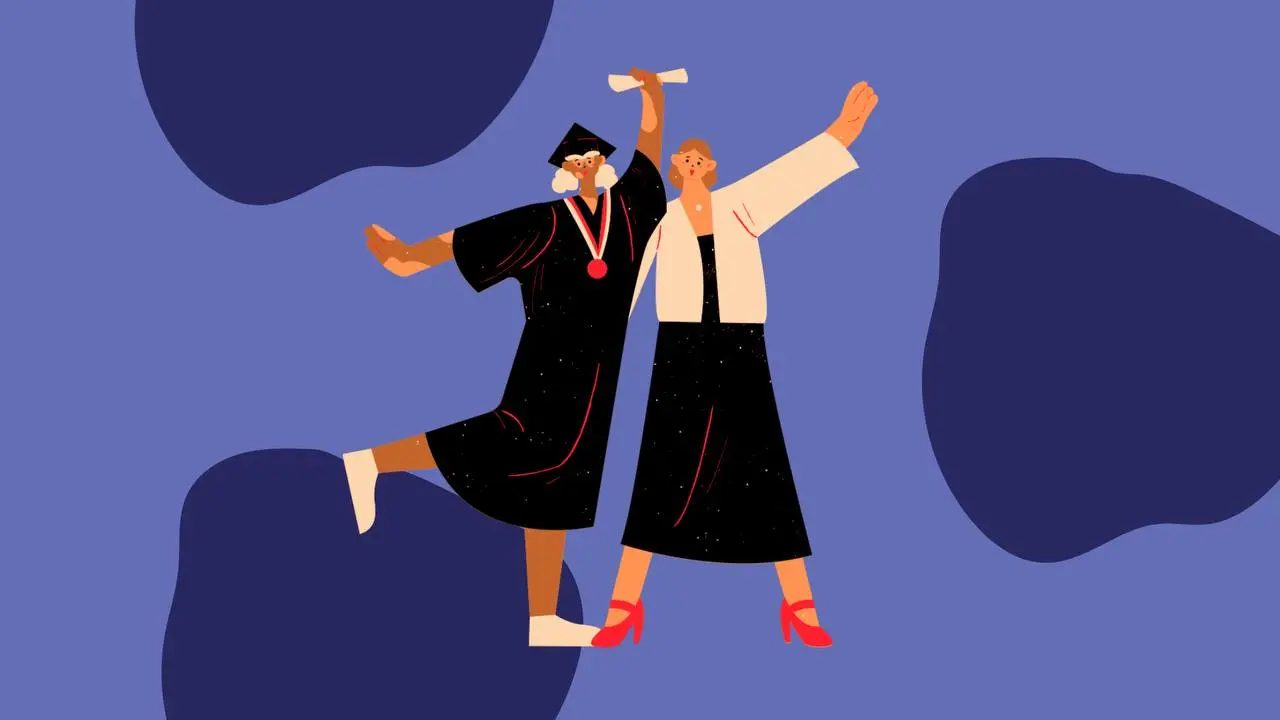Introduction
Correspondence education is a very flexible way of studying, which allows students to study at a time and place convenient to them, from the comfort of their own home. It is ideal for people who are unable to attend university or college regularly due to their commitments or geographical location. However, what are the advantages and disadvantages of this type of study? Let's find out together!
The Essence of Distance Learning
If you want to pursue a higher education but are unable to attend classes fully, then part-time study may be the ideal choice for you. Part-time education allows you to study at your own pace, while still having the opportunity to gain a qualification and a degree.
Let's look at the process step by step:
- Choose a university and a major. The first thing you need to do is to decide on a university and a major. Make sure the chosen major is available as a distance learning option.
- Check the admission requirements. Each university sets its own admission requirements.
- Apply. Once you have selected a university and major, apply for admission.
- Take an interview. Some universities may conduct interviews to assess a prospective student's knowledge and understanding of the chosen major.
- Pay the tuition fees. Correspondence courses are often tuition-based, so you will need to pay tuition fees.
If you want to pursue higher education but have time constraints, distance education may be a good option for you.
The main differences between distance learning in Poland and Ukraine
Part-time education in Poland and Ukraine is different. In Poland students can undertake bachelor's, master's and doctoral studies, including lectures, seminars and independent work of the student. In Ukraine, distance learning is available in almost every field of study and includes a session after each semester. However, students need more autonomy and responsibility to succeed in distance learning, as there are fewer contact hours and more work outside the classroom.
Advantages and Disadvantages of Distance Learning
Studying by correspondence has its advantages and disadvantages. On the one hand, it allows students to flexibly combine study and work, save time and money, study anywhere in the world and not limit their personal life. On the other hand, the lack of direct contact with teachers, the need for independent work, the limited specializations and the lack of motivation can be problematic for some students.
In addition, distance learning requires students to be more self-disciplined, organized and motivated, as they cannot rely on constant support from teachers and classmates. However, modern technology allows classes and consultations to be conducted online, making the learning process more comfortable and accessible for students. In addition, distance education can be free for some students due to the availability of grants and scholarships, making it more accessible and attractive to all those who wish to pursue higher education.
Is it possible to get free education at the part-time department?
Ukraine has a well-developed system of grants and scholarships for students, including part-time students. Such grants and scholarships may be awarded to support talented and motivated students, as well as to support certain educational programs or areas of study. Many Ukrainian companies and organizations also provide scholarships and grants for part-time students to support them in their educational goals and career development. Overall, distance education in Ukraine provides opportunities for higher education even for those who are unable to attend classes full-time.
Can I study by correspondence after 9th grade?
Studying by correspondence after finishing 9th grade is an effective way to obtain higher education for those who cannot study full-time. This approach involves more independence and responsibility on the part of the student, as it includes not only lectures and seminars, but also individual work. It is important to be disciplined, organize your time and choose the right field of study in order to be successful in part-time study.
Part-time study: what is it?
One of the main advantages of part-time study is the opportunity to communicate and interact with your classmates and professors, which contributes to the development of social skills and teamwork experience. Part-time education is ideal for those who want to get a quality education but cannot study full-time or switch to part-time full-time.
In addition, part-time education also offers flexibility in class schedules and learning on remote platforms, which can be convenient for students who work or have other commitments.
It is important to note that each educational institution has its own requirements for the form, so students should carefully consider the requirements and facilities of each institution before choosing a part-time course.
Conclusion
In conclusion, while distance learning certainly has its advantages, it also has its drawbacks. However, by implementing effective strategies and technologies, we can minimize the negative aspects and maximize the benefits. The key to success with distance learning is to strike a balance between convenience and effectiveness. By addressing the challenges and seizing the opportunities of this new educational paradigm, we can create a brighter future for students and educators alike.


-preview.png)